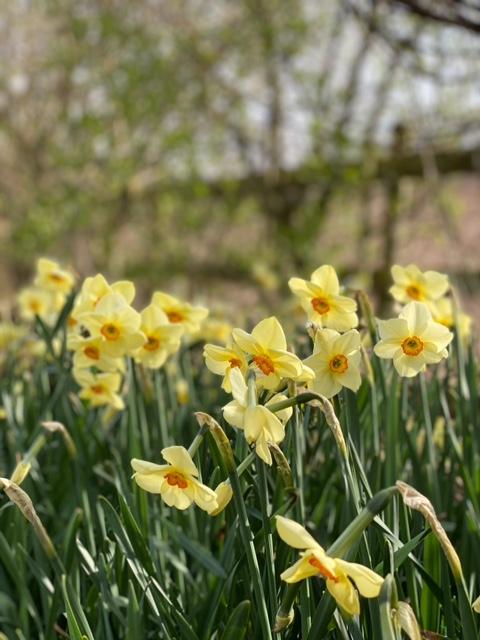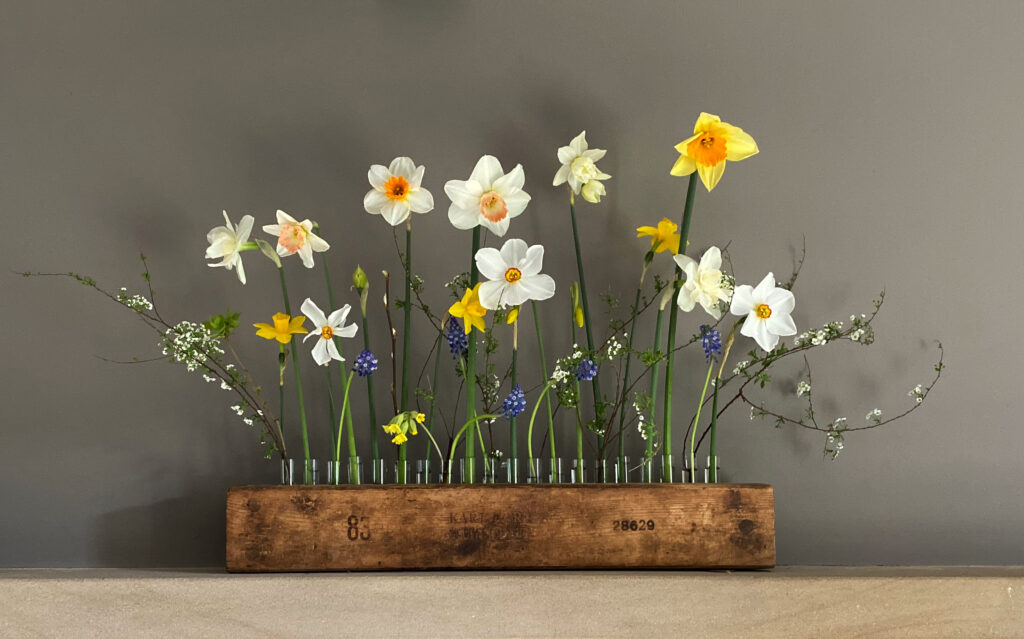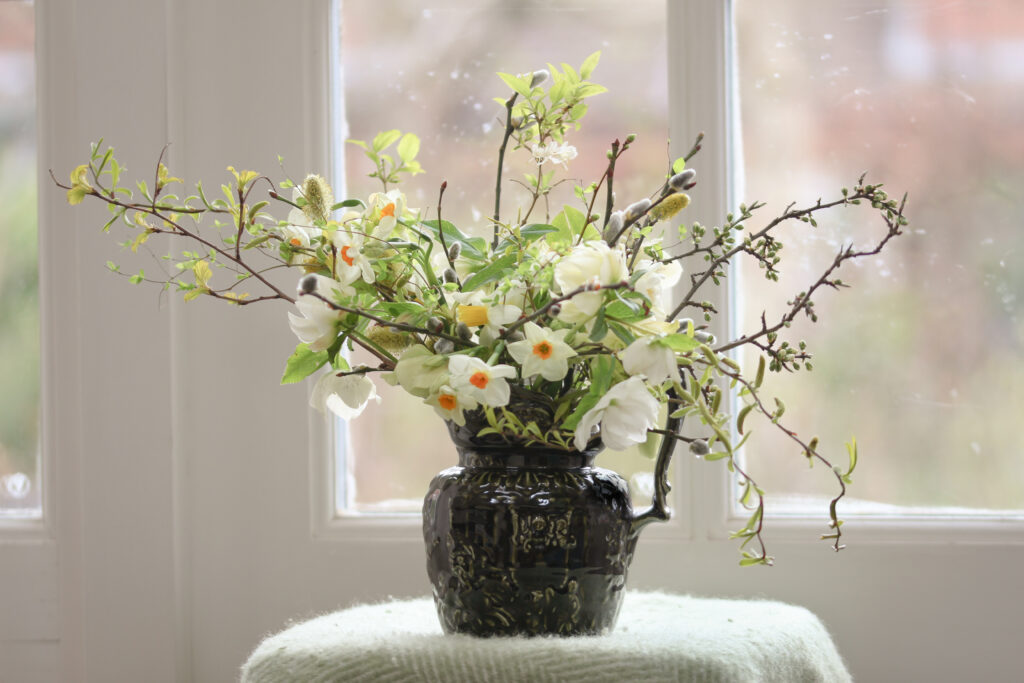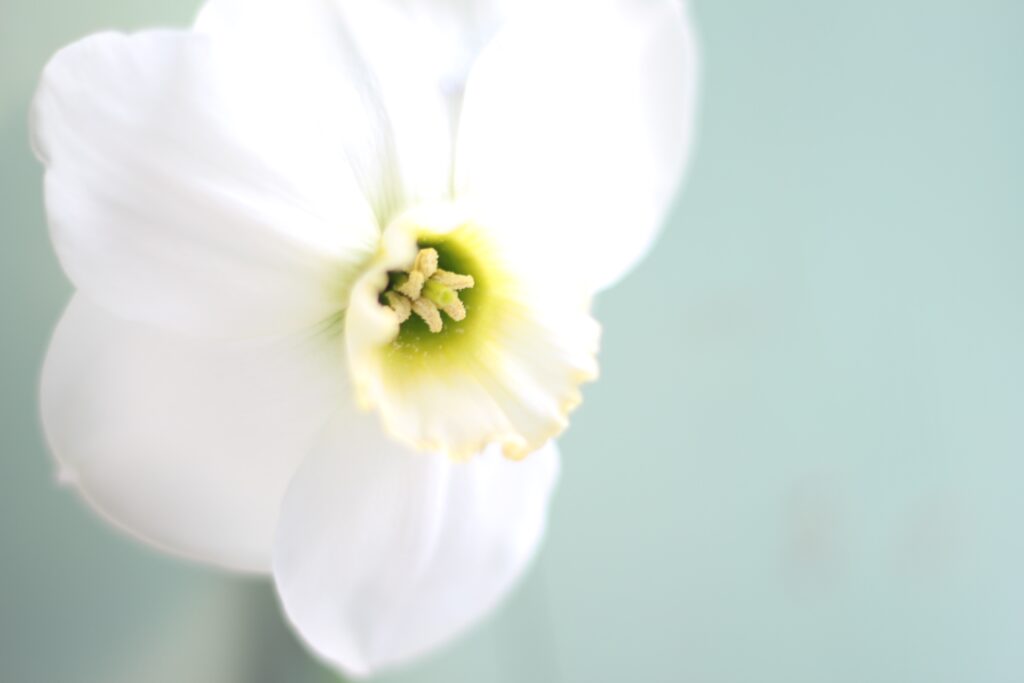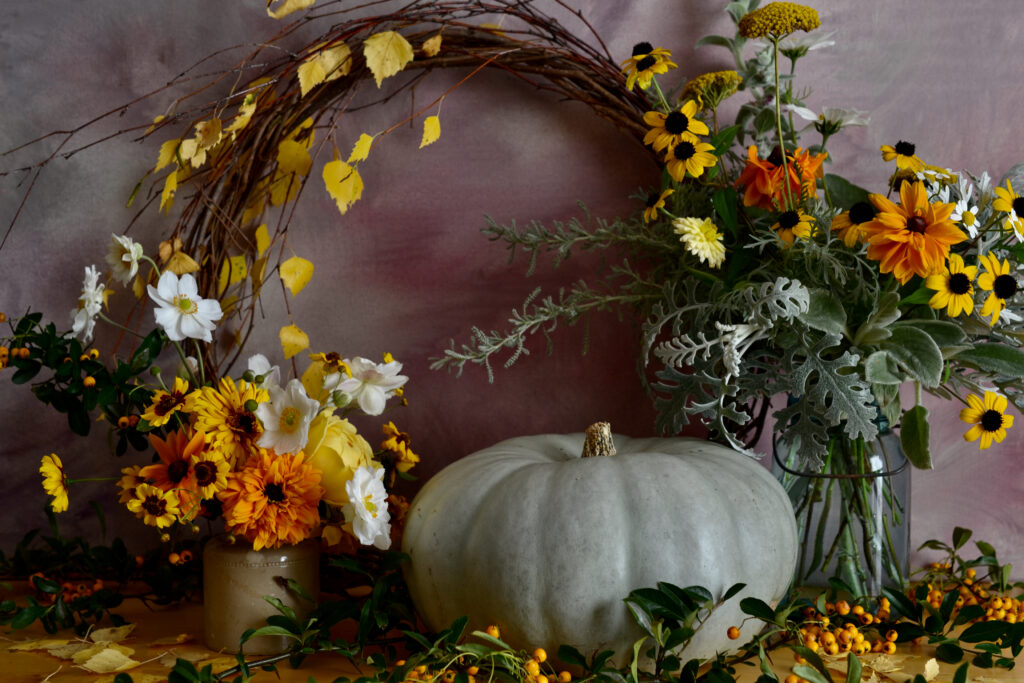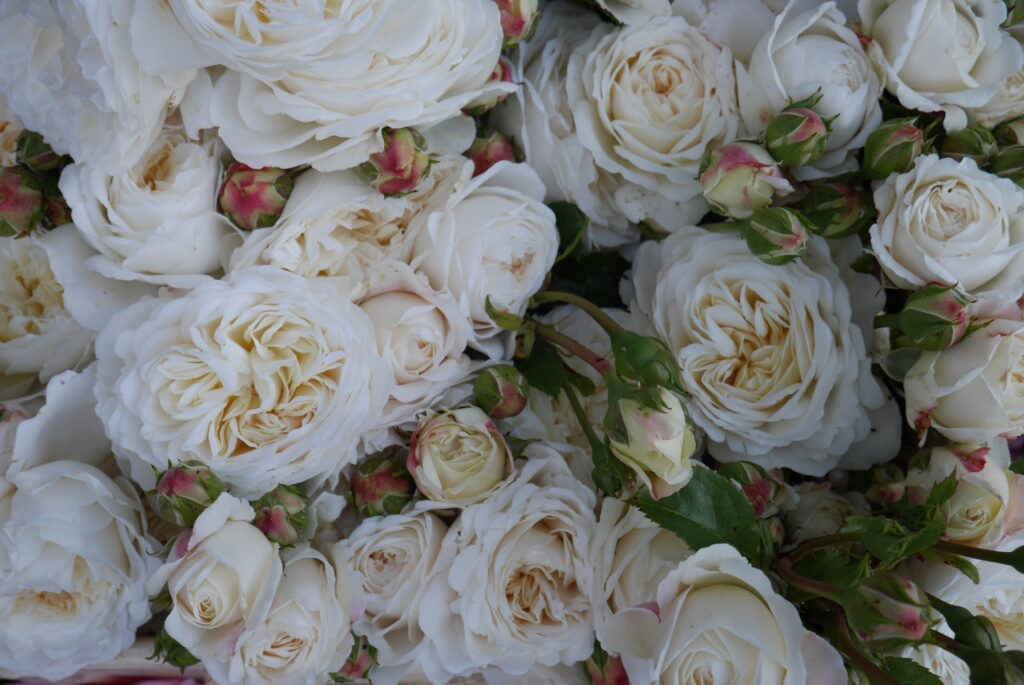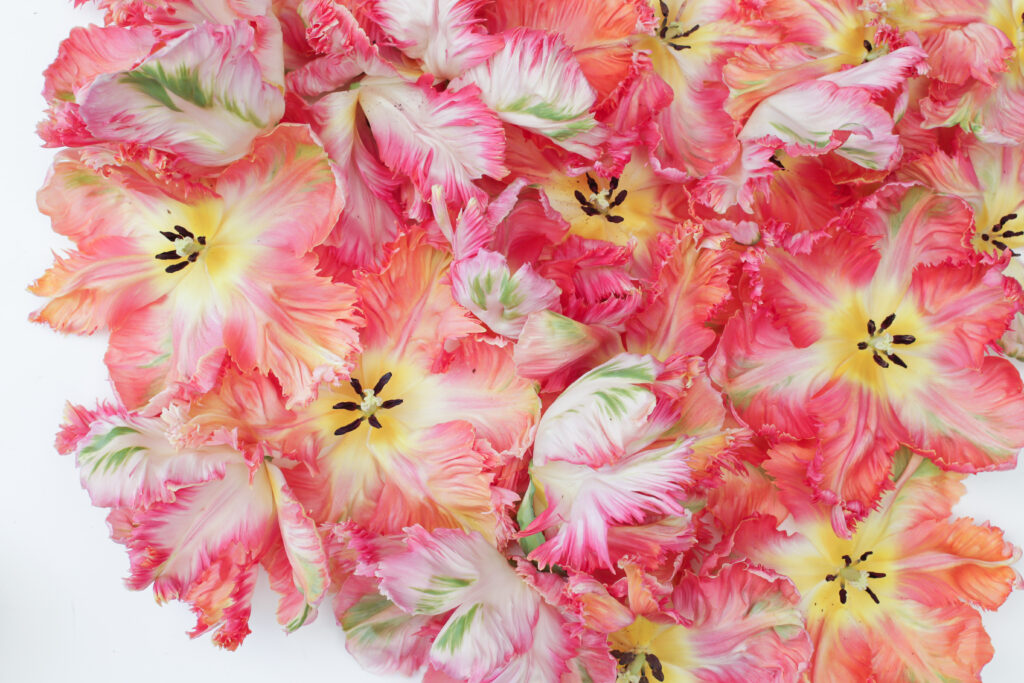More about narcissi
FAQs about growing narcissi and their availability as cut flowers in the UK.
-
Where are the large scale narcissi producers in the UK?
Perhaps the most famous region for producing narcissi is The Isles of Scilly, off the coast of Cornwall. -
What colours do narcissi come in?
Bright yellows through to the palest lemon, cream and whites. Centres can be orange, yellow, lemon, white or even peachy pink depending on variety. You can find double flowering types with ruffles of petals or singles which resemble mini-daffodils. Some varieites have just a single flower per stem whilst others have clusters of flowers - there's a narcissus out there for everyone! -
When are narcissi available to buy as cut flowers?
They're available commercially grown from November until Easter. Grown locally, you can expect to find them from February-early May. -
How long do narcissi last in the vase?
It depends what stage you cut them at. Cut them when the buds are plump and you can enjoy watching them unfurl into full bloom over the course of a week. Cut when the flowers are fully developed, they'll last several days in a cool room. Narcissi stems ooze sap when cut and this can stop other flowers in a vase with them being able to take up water. If you want to arrange narcissi in a mixed vase with other flowers, cut them to the heights required and leave them in a vase on their own overnight. Once they've done their oozing, they can be mixed in with the other flowers without harming them - just remember not to recut their stems to set the whole process off again! -
When should I plant narcissi?
Plant bulbs between late September and December for flowers the following spring.
